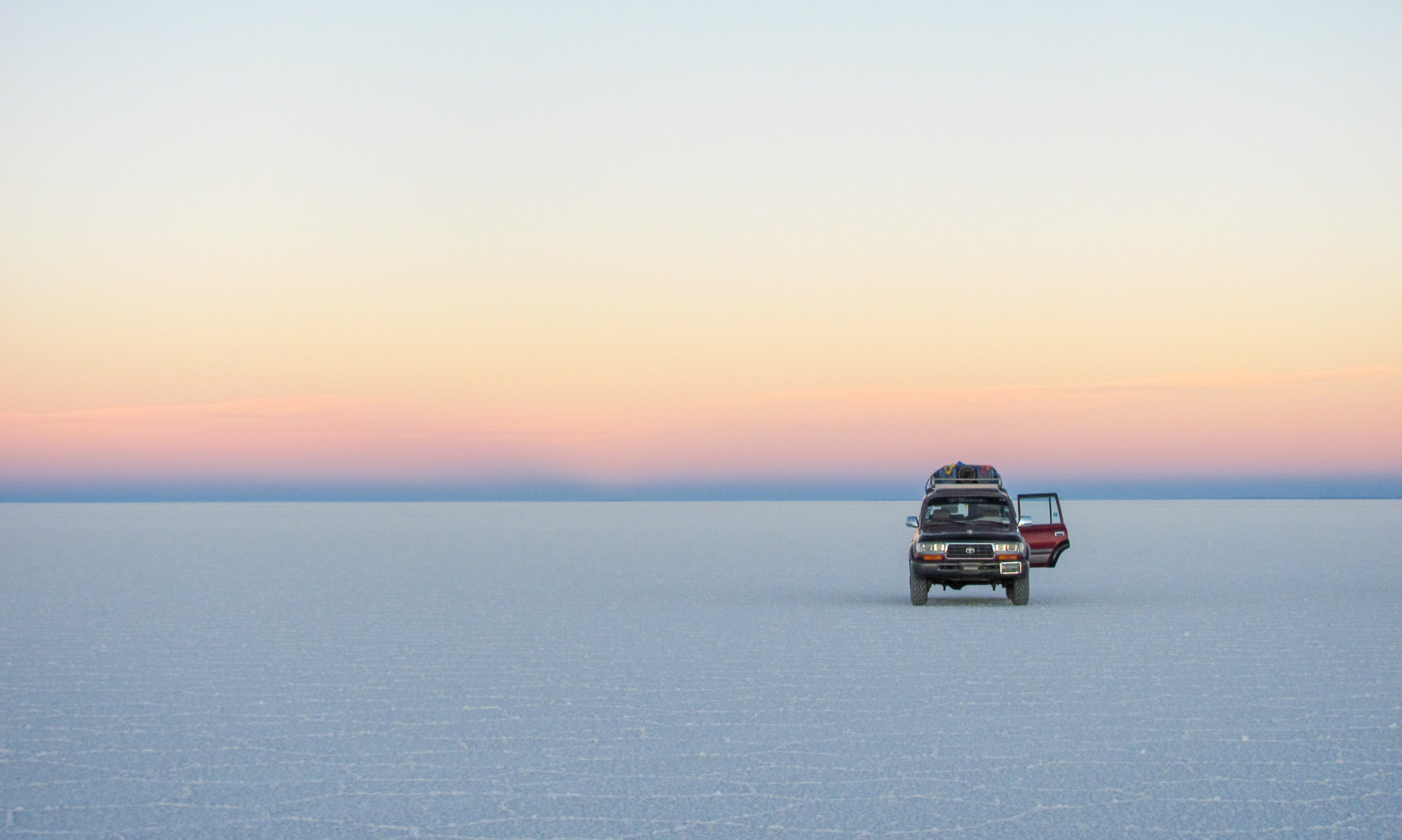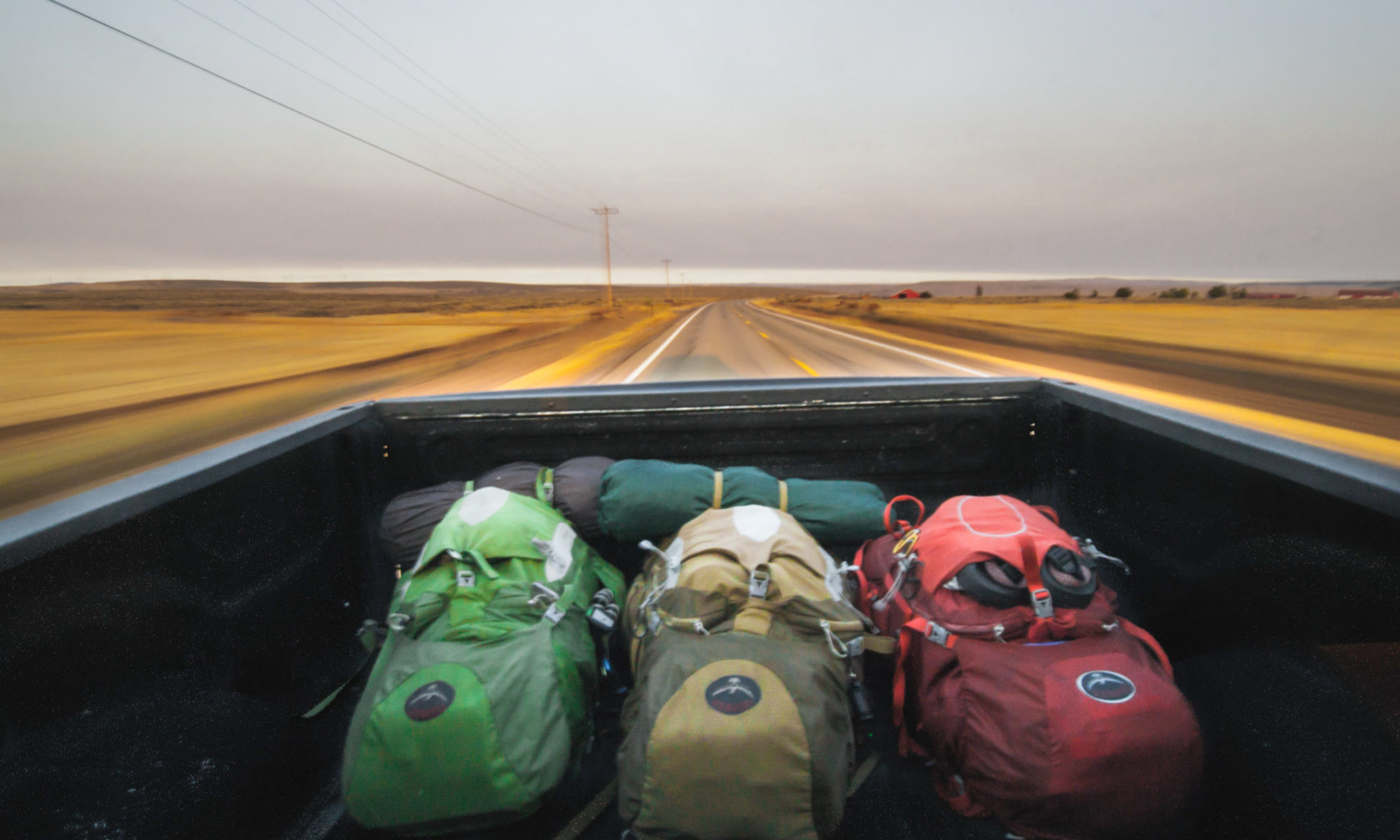Let me tell you what not to pack when going on a backpacking trip. Packing your backpack for a trip is different for everybody. Some take weeks to plan and use lists to make sure they don’t forget anything. Others, like me, start the evening before. We all have one thing in common though: we over pack. Heavily too. To make matters worse, there are some travel items that everybody seems to be recommending while they are really not that great. Or even useful. You pack them, drag them around your whole trip and unpack them back home. Never really used them at all. So in a probably futile attempt to rid the world of these overrated and useless travel products, and to give myself a nice opportunity for a rant, here are the 5 most overrated travel items for backpacking.
1. Mosquito net
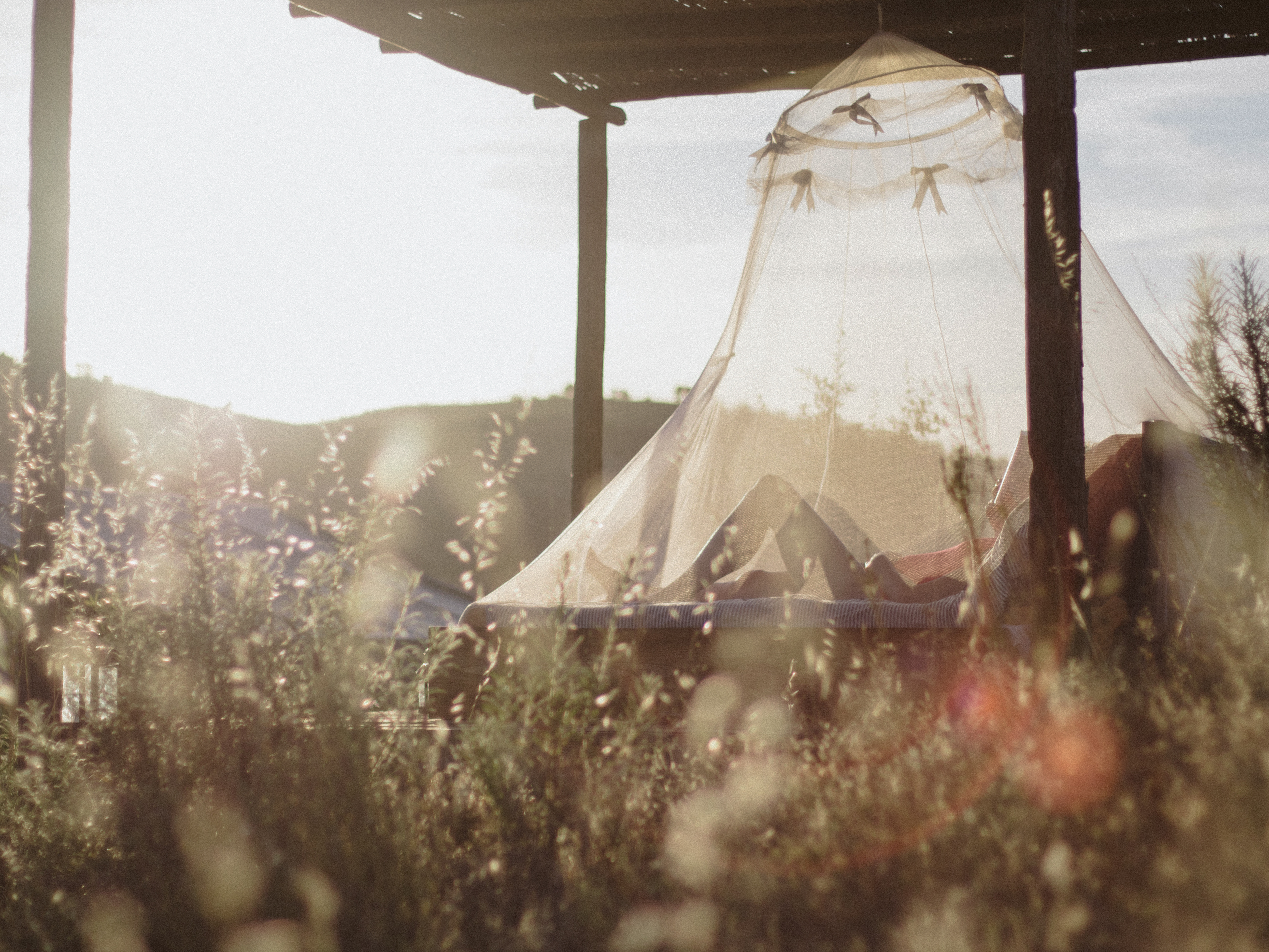
What? Not taking a mosquito net to the tropics? What about malaria-infected countries? No, not even there. Let me explain.
Firstly, if your accommodation has AC you don’t need a net as the AC will chase the mosquitos out. Secondly, most hotels and hostels in the tropics (or anywhere where mosquitos are a problem) actually have pre-installed mosquito nets. Especially jungle huts when you’re going on treks. If you happen to be at a spot where there is no AC and no net there will most probably also be no hook to hang your home brought net on. If there is, chances are high the net you brought is actually too small to properly cover the whole bed. You can spread the net out over yourself, but this is uncomfortable, looks stupid and more importantly renders the net useless. If the net touches your skin the mosquitos can simply land on the net and bite right through the gaps.
I’ve been travelling around malaria countries a lot over the past ten years, carrying around a travel mosquito net for the most part of it and have never ever used it. On the few occasions where I sleep in non-AC rooms that do not have a mosquito net preinstalled, I simply use DEET.
The only situation where I would bring a mosquito net is if you are planning to go trekking in the jungle and sleeping in a hammock in the bush. As there are many critters around DEET might not protect you against everything that wants to feast on your blood. In this situation, a small mosquito net is all you need. So choose the smallest and lightest you can find.
2. Flight bag
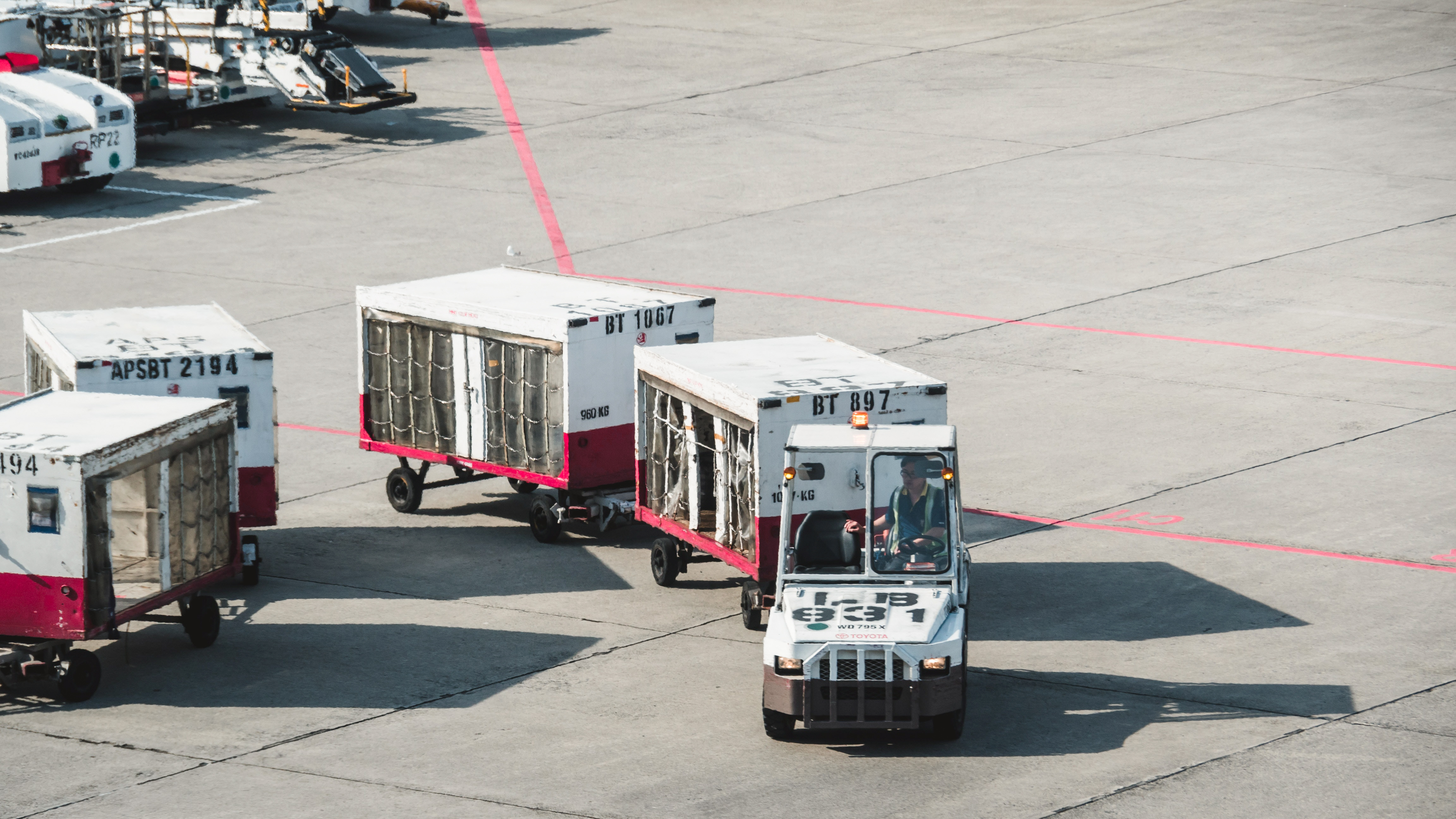
Another very popular but very useless item, the flight bag. Even if you don’t buy it yourself, chances are high somebody will give (or lend) it to you for your backpacking trip. My advice? Ask for the receipt and return it to the store. Flight bags seem useful. Their supposed perks however either don’t work or are solving a ‘problem’ that is really not a problem. What it does provide is a lot of hustle at the airport and extra volume to carry around during your trip. Their supposed perks? Safety, visibility and not having your backpack straps getting caught in baggage-belts.
Safety
Sorry to burst your bubble but putting a padlock on a plastic or canvas flight bag does not keep your luggage safe. If somebody wants to look into your bag they can simply rip the fabric, or use a small knife to tear it open. Some flight bags use Velcro straps to secure it. Needless to say, this will not stop the average thief or drug-smuggler. The people that can slip something into your bag or take something from it are the airport employees. If they are into that a flight bag is not going to stop them. Not trying to scare you out of taking flights in general here;). For others, it will be really hard to get to your bag as you hand it in at the airport check-in and are the first person to see it when it comes rolling out onto the baggage belt.
Visibility
Flight bags come in a wide variety of fluorescent colours to stand out from the other pieces of luggage on the baggage belt. Very true but is spotting your own luggage – even if you own a very standard neutral-coloured pack – really that hard? Besides, the same effect can be reached by tying a brightly coloured piece of string around your bag. Virtually free and volume less.
Not having your backpack straps getting caught in baggage-belts
I feel this is the real worry of most. The fright of a backpack strap getting caught in the belt and your luggage missing the flight, getting damaged or getting lost altogether. This was my main reason to take a flight bag on my first big trip. Then I got sloppy and forgot to put it on sometimes. And then I accidentally left the bag at some hostel and just stopped using it altogether.. Guess what? Nothing happened. I have never had my backpack getting stuck on a belt, bus, train or whatever cargo storage place you can think up. Never ever. At some airports (Schiphol Amsterdam, my hometown airport included) I need to hand in my backpack at the ‘Odd-sized luggage drop’. This has NEVER resulted in me not getting my luggage timely though.
Flight bag/ rain cover combo
If you must bring a flight bag, go for a flight bag/ rain cover combo. Doing this will make sure you are at least carrying one useful item around with you. The Frelaxy cover is designed as a backpack rain cover but can double as a flight bag. The only thing it doesn’t do is ‘locking up’ your bag, but its lightweight, watertight and durable. It also adjusts to the size of your backpack.
3. Organiser Cubes
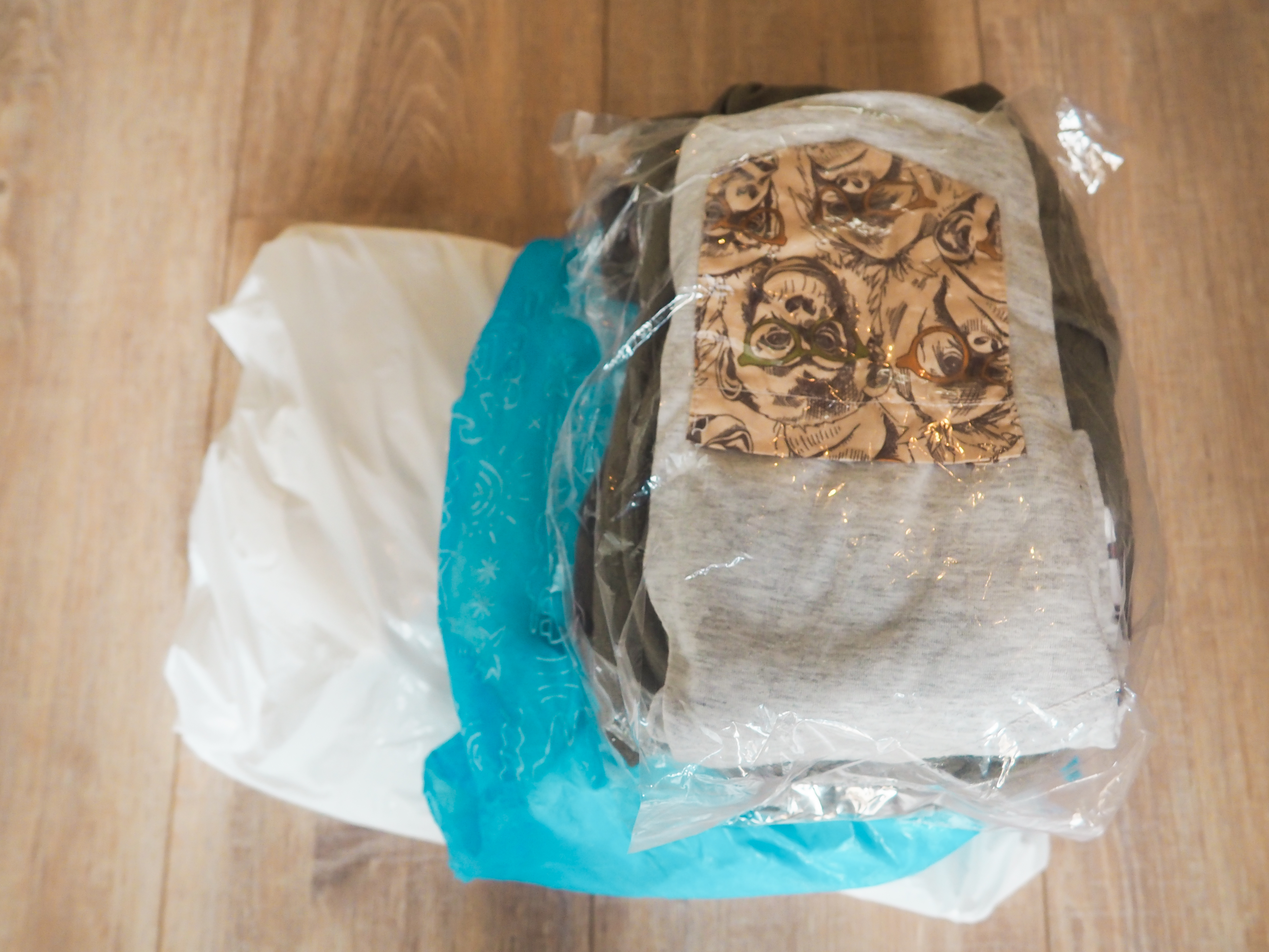
I might be old fashioned but I struggle to see the advantage of Organizer Cubes or ‘Luggage Organizers)’ over plastic bags. Of course the structure of the cubes makes your pack a tad tidier and obviously, it looks better. But while plastic bags are 100% watertight most cubes are not, or only slightly for that matter. If you want to protect your clothes from exploding shaving foam canisters (happened to me once!) you’re better off sticking to good old plastic bags.
4. Camelbak
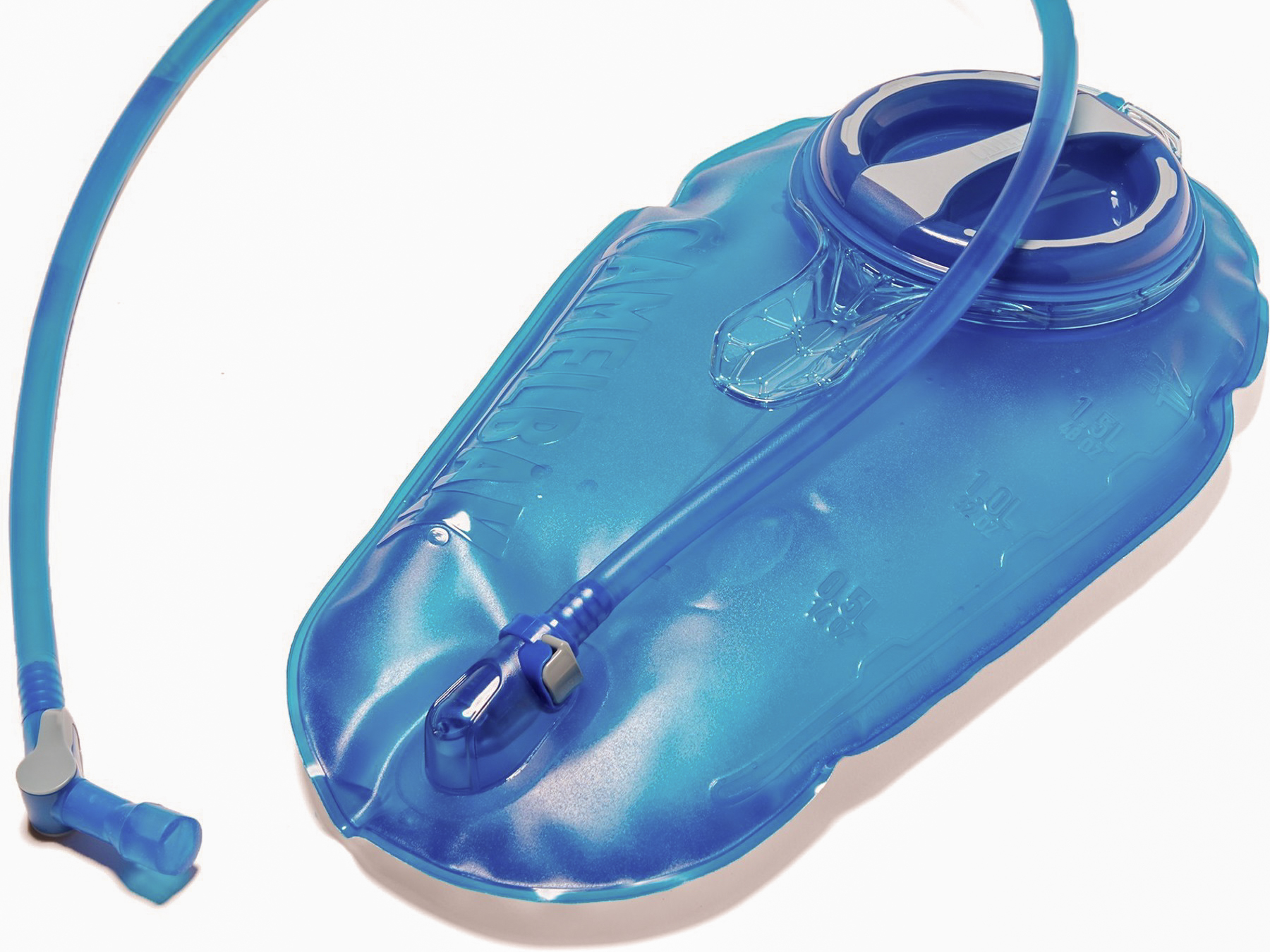
For some reason, you see these things more and more. Camelbak is the premium brand hydration pack. You know, a sack of water with a plastic tube for easy hydration while on a hike or bicycle ride. As far as I am concerned, unless you are doing extreme sports, you should leave the Camelbak at home, or even better, on the shelves of your local outdoors shop.
People purchase a hydration pack because the ‘sack’ can mould into any space you might have left in your pack – optimizing your packing volume, it is better for the environment as it replaces plastic bottles and it makes hydrating easier and quicker.
Firstly the sack isn’t that moldable, it will most likely sit on top of the other things in your backpack. If you have a top-loader this will make it harder to get to your other stuff. It will also but your whole pack out of balance as putting dense items on top is bad packing-advise. You’re better off using two big bottles on either side of your bag. To make matters worse, the ‘handy’ drinking straw will be bobbing against your ear or neck with every step if you do not properly tie it to your shoulder strap.
Secondly, while it is generally better for the environment than using plastic bottles to carry your water often times when trekking you will have a hard time to find tap-water to refill your pack with. Most likely you are forced to buy the plastic bottles you so much despise, fill up your pack and chuck the bottles at the first bin in sight. This is different for day trips or when going on city trips as most restaurants and hotels nowadays have refill stations where you can refill water bottles for free. A hydration-pack however, is too big for this purpose and you are better off using a reusable water bottle such as a Dopper.
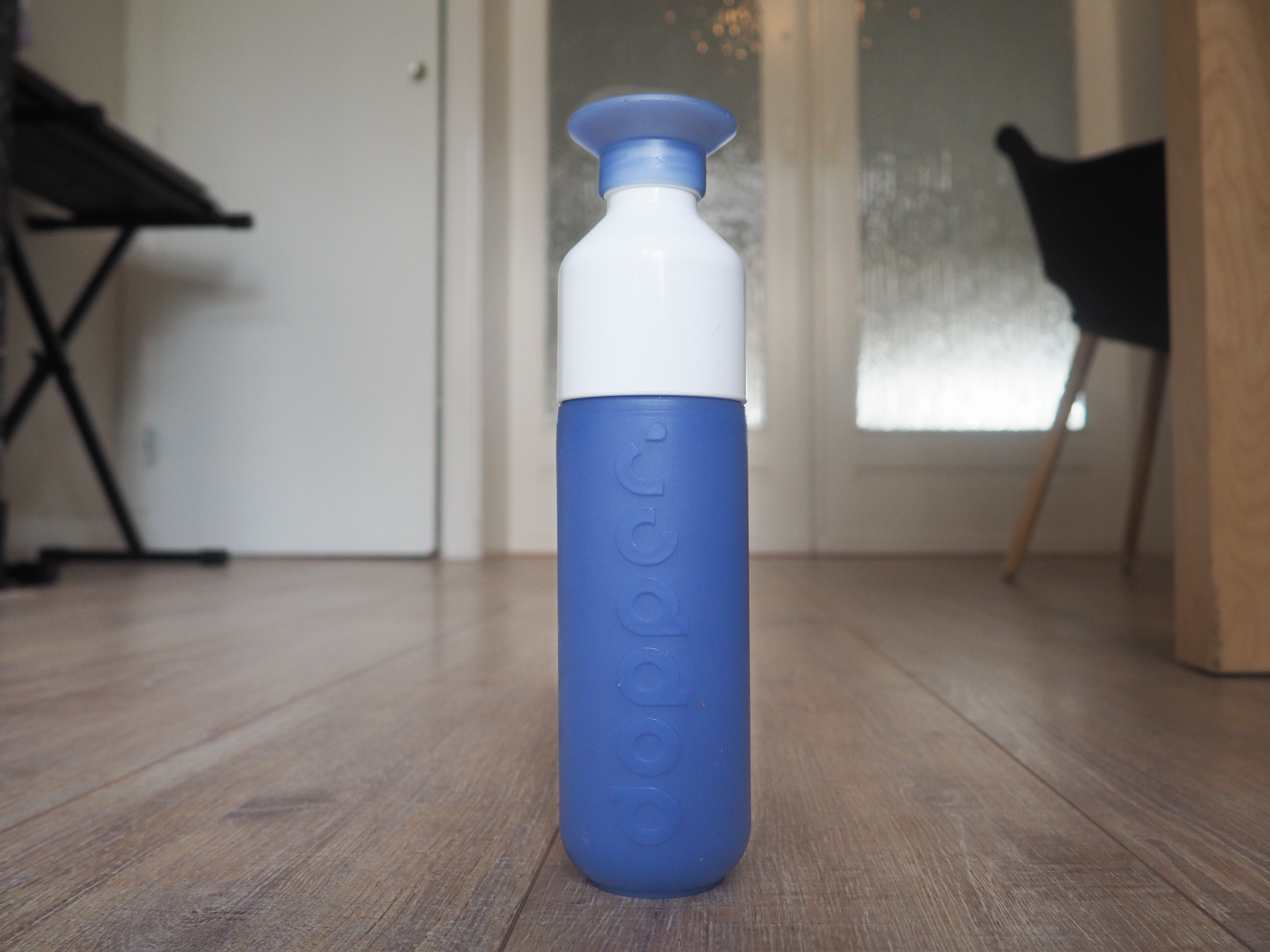
5. Passport holder
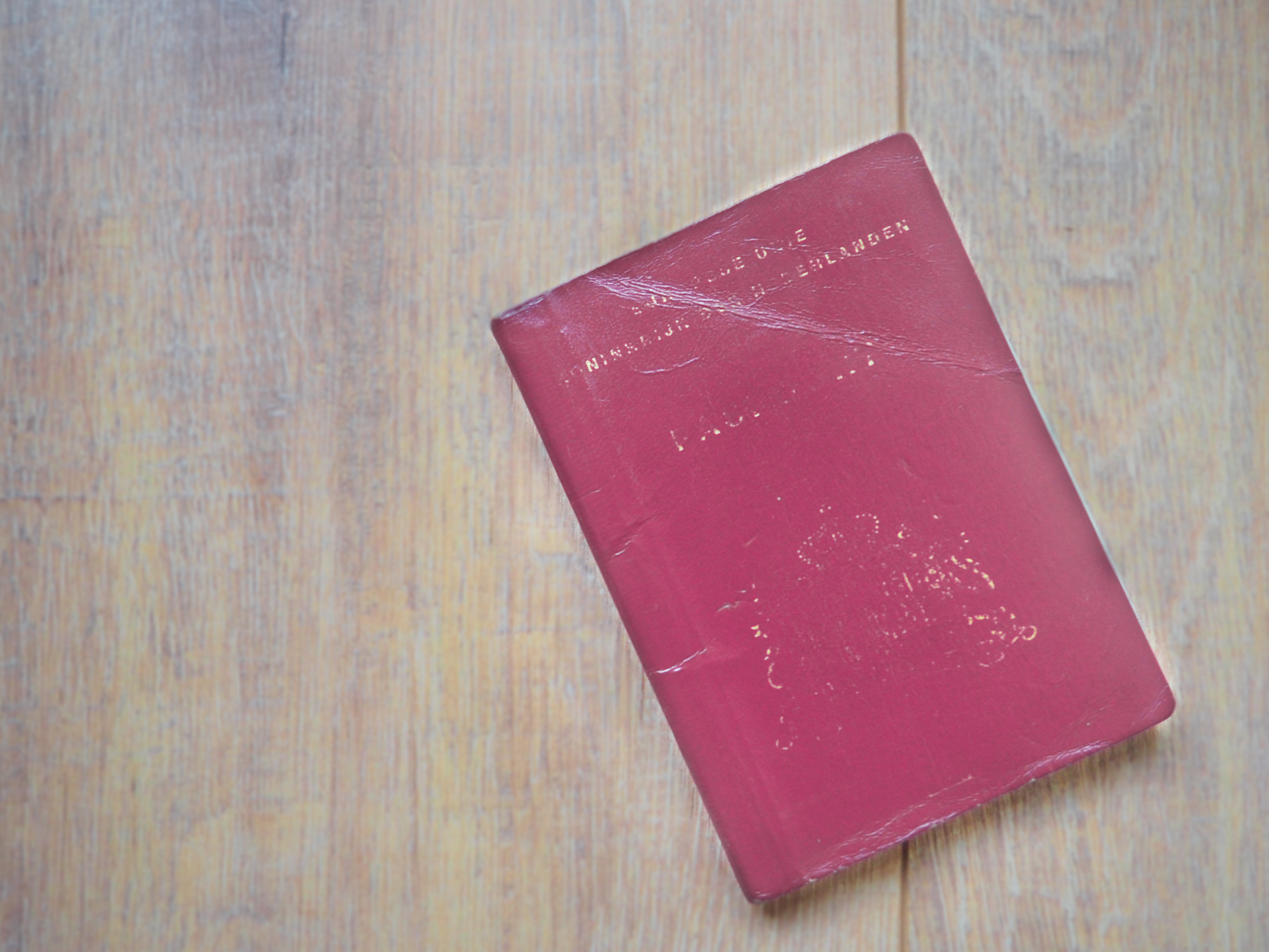
What is the use of a passport holder or ‘passport cover’? I am asking because I really don’t know. Nevertheless, you see them more and more often. Apparently, people feel their passport needs additional protection or think passports don’t look all that nice. The first argument is pure nonsense. I have never seen a passport that does not have a proper cover no matter which country you are from. You might have a problem with your visa if you jump into the swimming pool with you passport still tucked away in your pocket, as a travel buddy of mine once did, but apart from that, a fold in one of the pages is not going to hurt anybody.
The fashion argument is one I can’t really argue with. After all, this is just a matter of taste. Personally, I like having the cover exposed as it shows where you are from. This is often a conversation starter when filling out forms in the bus before crossing a border.
‘These travel items are overrated! Here, let me recommend which one to buy’
Oh, the sweet irony of writing an article about overrated travel items and advising on which items to buy in that same read. Note however that I don’t recommend the products I am discouraging you to purchase but rather the best alternative to them out there.
If you purchase one of the recommended products listed in this article I make a small commission. This does not result in any additional costs for you! It also does not influence my personal opinion about the items recommended. I only recommend products that I personally use and believe in. I use the commission to keep this website running. So if you use one of my links to improve your own travels, thank you for your support!:)
Do you disagree with me, did I left something out or have a general question? Please let me know by leaving a comment!
